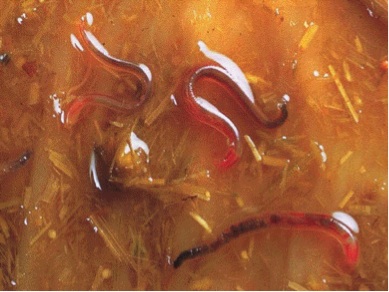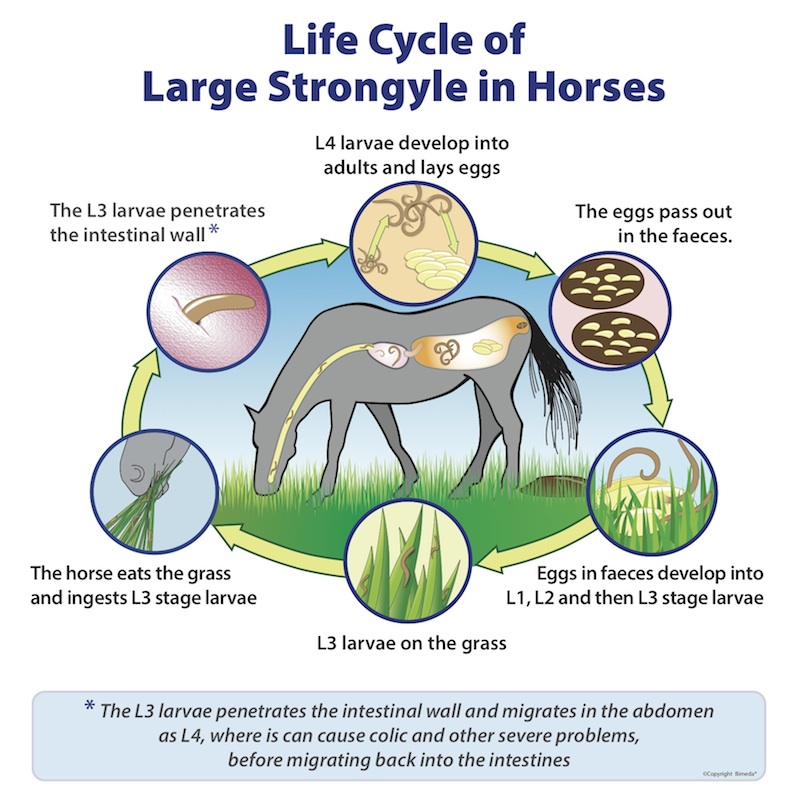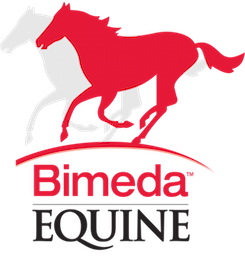 Large Strongyles (aka Large Redworms)There are three major species of Large Strongyles, which are Strongylus vulgaris, S edentates, and S equinus. Of these, the most common is Strongylus vulgaris.
Large Strongyles (aka Large Redworms)There are three major species of Large Strongyles, which are Strongylus vulgaris, S edentates, and S equinus. Of these, the most common is Strongylus vulgaris.
Thankfully the large Redworm (Strongylus vulgaris) is no longer as common
The eggs are ingested by the horse and once hatched, they burrow into the walls of the gastrointestinal tract.
Migration through the blood vessels occurs, until mature, and can cause massive internal damage before they return to live in the intestinal wall. Large Strongyles are blood feeders and they ingest mucosal plugs as they move through the intestine. Anaemia can result from this blood loss.

Heavy infection can result in:
- Ulceration of the GI lining
- Obstruction
- Rupture
- Anaemia
- Un-thriftiness
- Weight loss
- Diarrhoea
- Colic
Large Strongyles can be extremely dangerous to the horse. However, low resistance levels mean that control is relatively straightforward.
Large strongyles- treatment options and resistance
| Fenbendazole | Pyrantel | Ivermectin | Moxidectin | Praziquantel | ||
|---|---|---|---|---|---|---|
| Strongylus spp | (adults) | Assumed to remain effective | Assumed to remain effective | Assumed to remain effective | Assumed to remain effective | Not indicated |
Source: Canter Guidelines
Remains effective for indicated use
Resistance emerging or suspected
Some resistance reported – FECRT should be performed
Resistance common – should only be used with supportive FECRT results
Not indicated for use for treatment


